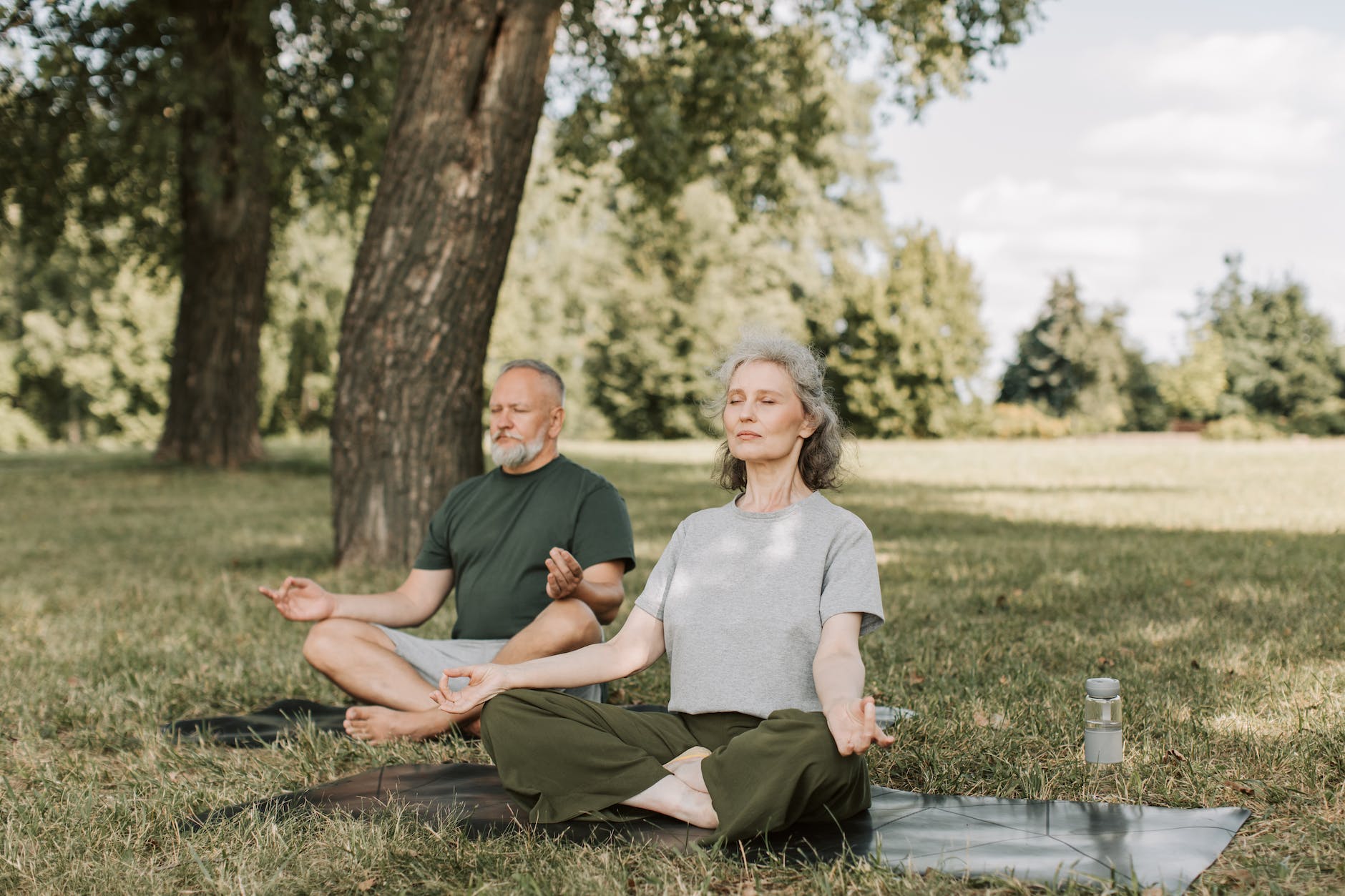Table of Contents
Introduction
The breath is a marvelous instrument that is always with us, but despite this, we frequently fail to recognize its power and potential.
The awareness of one’s breath is a foundational practice in the domain of meditation. It provides a profound entryway to inner serenity, presence, and the finding of one’s own identity.
We can ground ourselves in the here and now and learn to nurture a feeling of tranquility by deliberately focusing our attention on the breath.
In this article, we will investigate the relevance of breath awareness in meditation and offer instruction on how to make use of its transformational characteristics.
GET 20% OFF ON ALL HOSTING PLANS!
Unlock 20% Off on All Hosting Plans with Hostinger!
Understanding the Importance of Breath Awareness
Across all schools of meditation practice, becoming aware of one’s breathing is an essential component. When we direct our attention to the breath, we make a connection with the rhythm that is always present in life, which helps us to become more rooted in the here and now. By engaging in this practice, we are able to hone our awareness, improve our capacity for concentration, and get a more profound comprehension of our own subjective sensations. When our thoughts begin to wander away from the here and now, the reliable anchor that the breath provides helps to bring us back.
Understanding Your Breath as a Foundation for Meditation
Find a position that you can relax in
Find a comfortable seated position that allows your body to relax while still allowing you to have an upright posture.
This is the starting point. This could be done by sitting cross-legged on a cushion, using a chair, or meditating on a bench specifically designed for that purpose.
The important thing is to keep your body relaxed and make sure that your spine is aligned properly.
Establish a Gentle Focus
Focus your attention on the rhythm that occurs naturally in your breathing.
Take note of the intake and exhale as they happen, without making any attempts to control or influence the breath.
Simply focus your attention on its movement and the sensations that come with each breath.
Choose an Anchor Point
You have the option of concentrating on a particular area, such as the chest, the abdomen, or the nostrils, which are all places where you feel the breath most strongly.
This will serve as your anchor point, the location to which you will continually bring back your focus whenever there is a new distraction.
Observation Made Without Prejudice
Take a stance that is free of judgment as you engage in the activity.
Rather than assigning a positive or negative value to the breath, simply observe it in its natural state.
Simply pay attention to the rise and fall of the breath, recognizing any ideas, feelings, or sensations that come up, and guiding your focus back to the breath in a gentle manner.
Developing a More Intense Awareness of Your Breath Through:
Increasing the Length of Your Breath
After you have found a rhythm that is comfortable for you, you may then try experimenting with lengthening the time between each breath.
Take some breaths that are a little bit deeper and slower, and try to focus on being more thoughtful with both your inhales and your exhales.
Because of this, one may experience feelings of calm and relaxation as a result.
Taking Notice of the Gaps
As you progress through the exercise, pay attention to the pauses that occur between the inhale and the exhale.
Take note of the silence that permeates these areas, and grant yourself permission to totally immerse yourself in the here and now.
It is possible to get a profound understanding of the nature of impermanence and stillness by paying attention to the spaces between breaths.
Integration into Everyday Activities
Meditation is not the only context in which one can cultivate breath awareness.
Incorporate this technique into your day-to-day activities by pausing at regular intervals and bringing your attention to your breathing.
This awareness can help center you, providing clarity and peace to your experiences, whether you are engaged in normal activities or confronted with tough events.
Cultivating Compassion and Acceptance
As you progress in your practice of breath awareness, it is important to keep in mind the importance of approaching yourself with compassion and acceptance.
Recognize that your mind will wander, that thoughts will come up, and that distractions will come and go throughout the process.
Instead of getting irritated, try softly bringing your attention back to the breath, without passing judgment or criticizing yourself in any way. Every waking moment presents a new chance to learn more about oneself and advance in one’s development.
Conclusion
When practicing meditation, bringing awareness to the breath can unlock a realm of profound stillness and presence. We may build mindfulness, improve our ability to focus and gain a better awareness of ourselves if we ground ourselves in the rhythm of our breathing.
Breath awareness can become an important skill that we can carry with us throughout our lives by practicing it on a regular basis. It can help us feel more at ease and clear-headed during formal meditation sessions as well as during activities that we do on a daily basis.
Through the practice of breath awareness meditation, you can open yourself up to the potential of your breath and start on a voyage of introspection and growth within yourself.
Learn more about meditation here:
- Brain Fog: Are you suffering with it? – June 9, 2025
- Are We Truly Developed? The Paradox of Modern Progress – April 21, 2025
- Destiny and Karma: Why We Must Work for What Is Destined – April 17, 2025

Leave a Reply